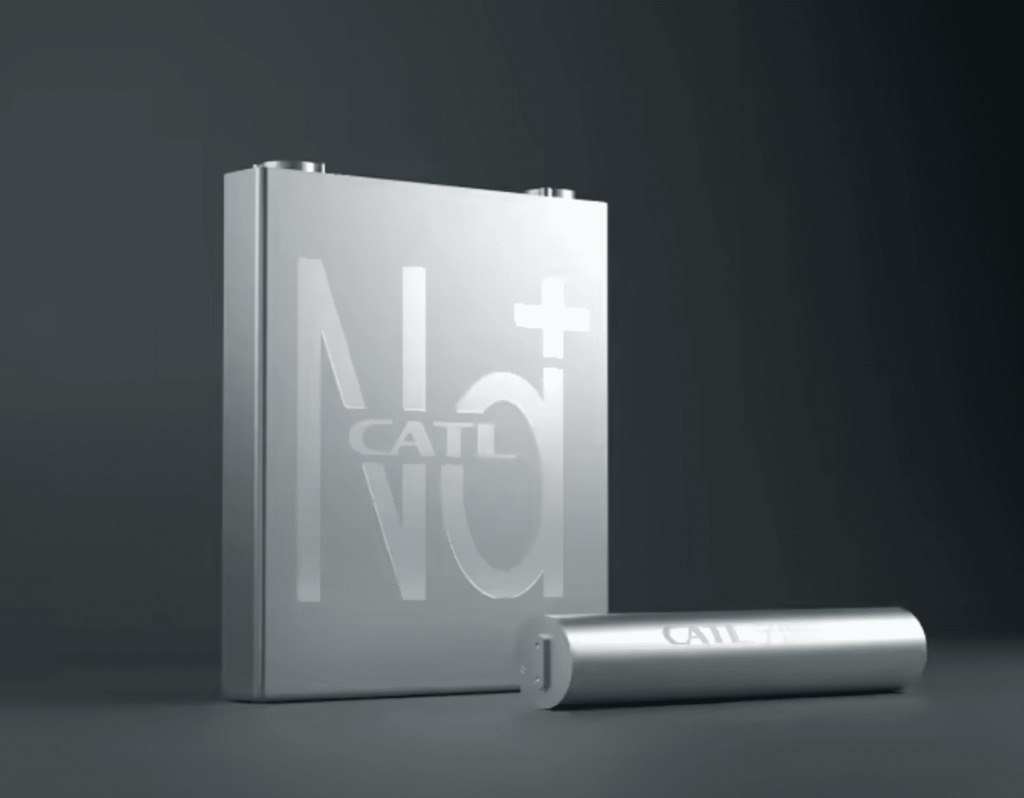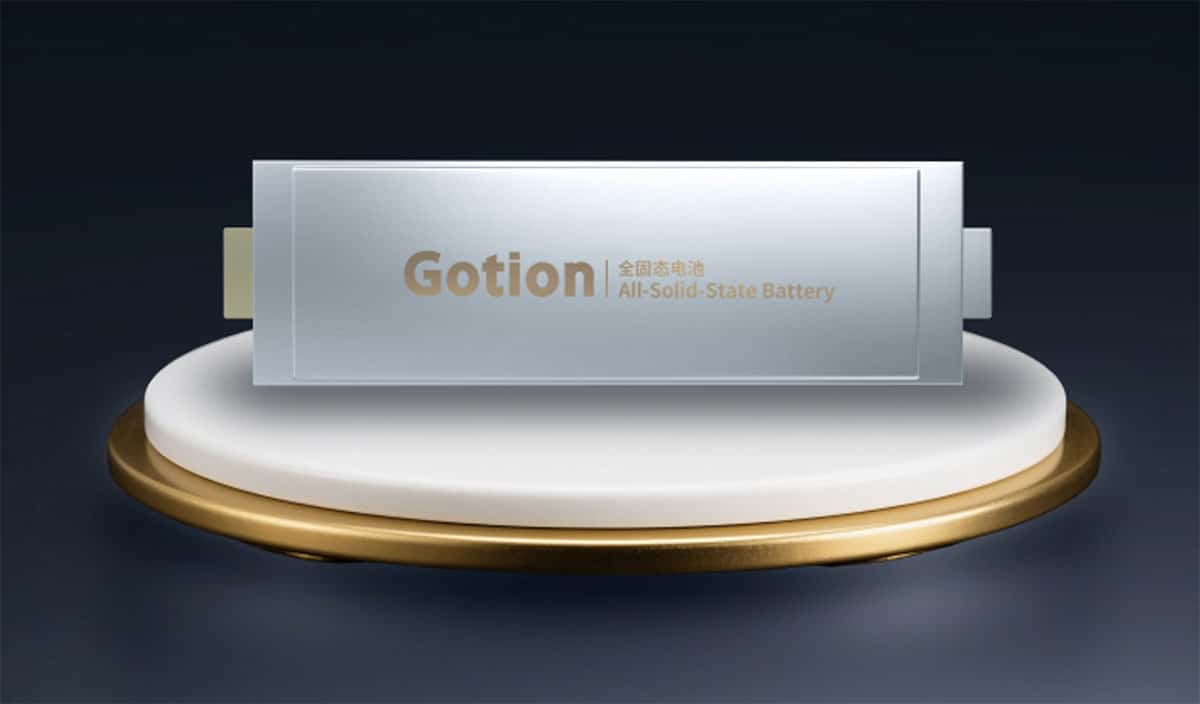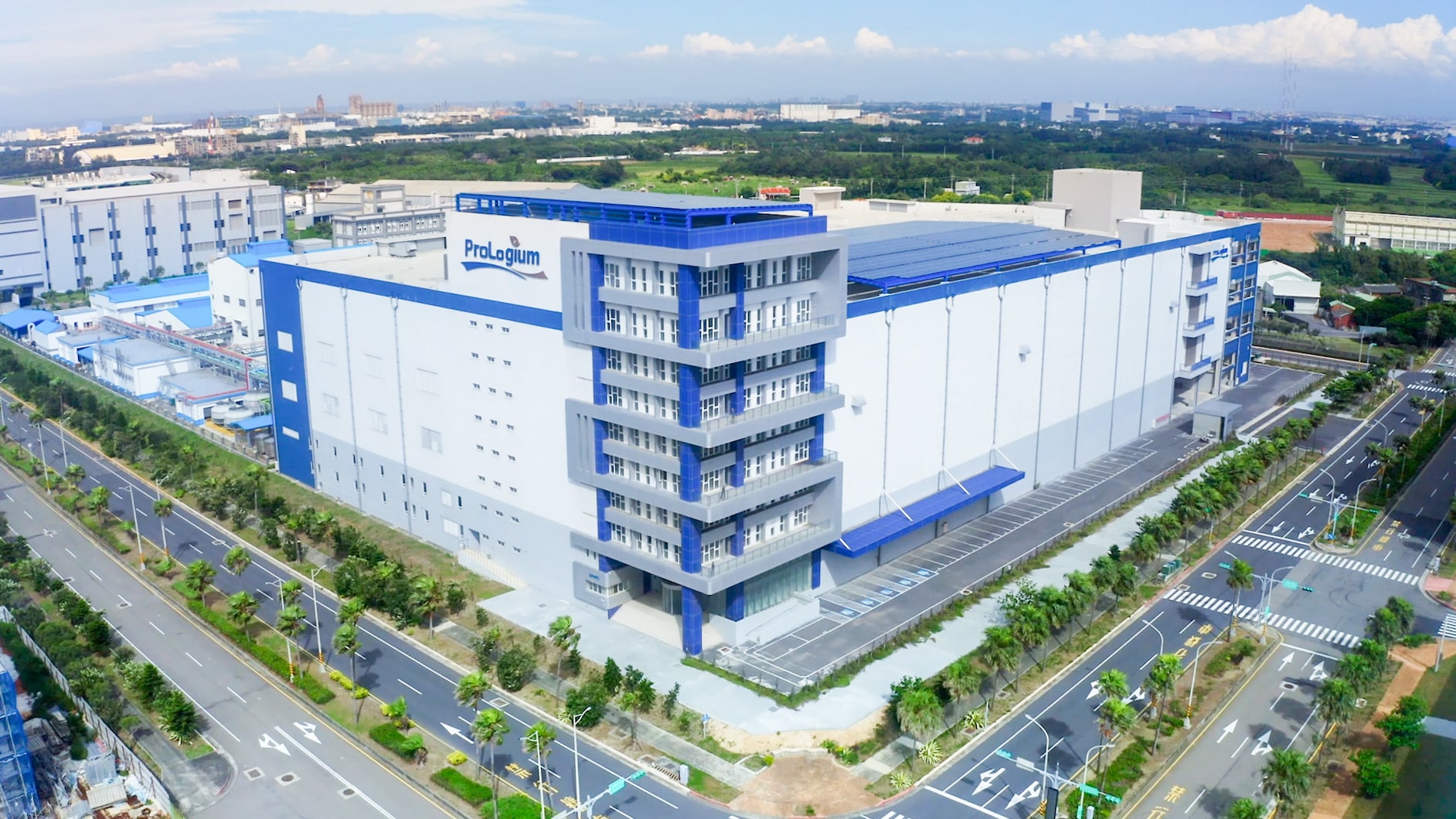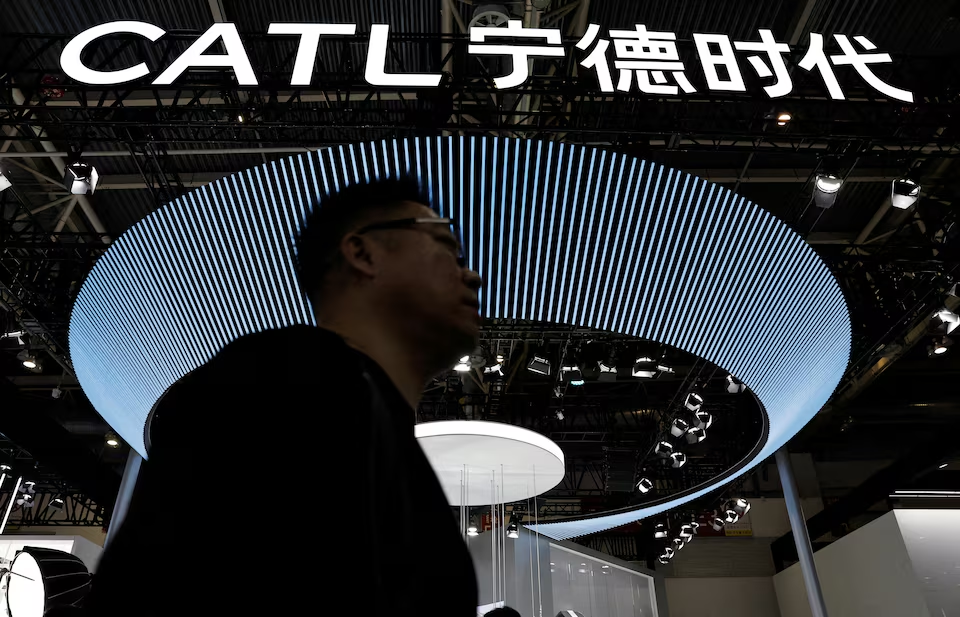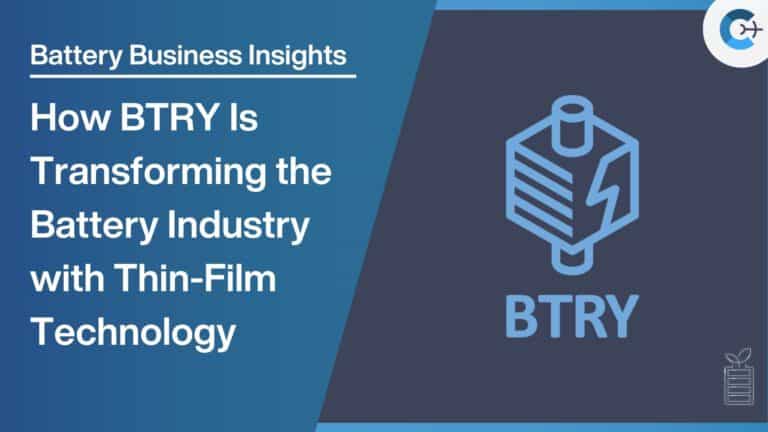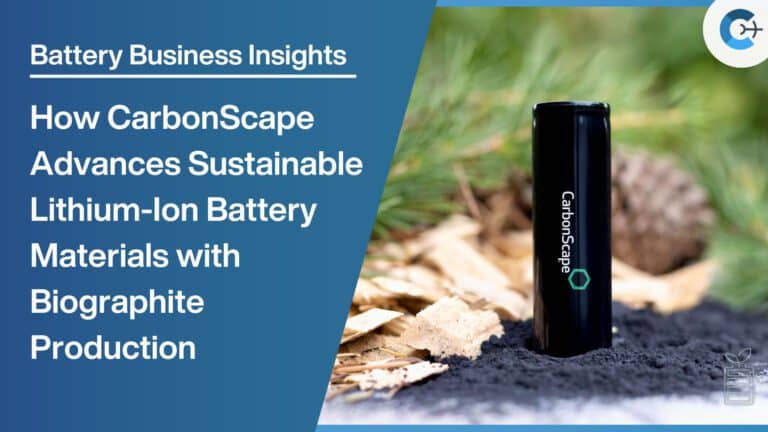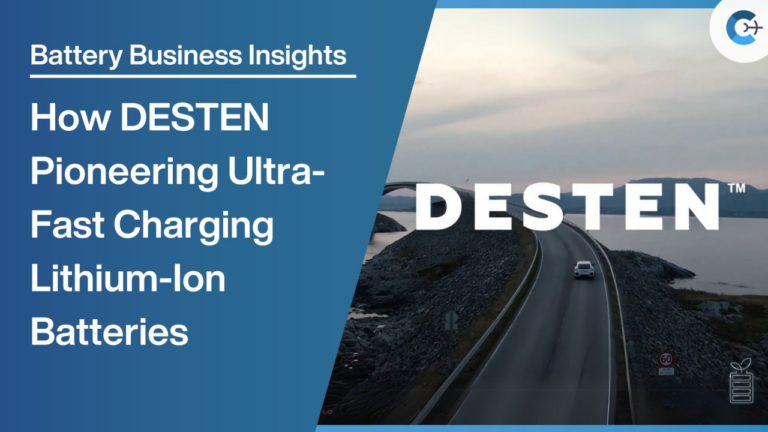Contemporary Amperex Technology Co. Limited (CATL) announced the development of its second-generation sodium-ion battery on November 18 at the World Young Scientists Summit. Chief Scientist Wu Kai disclosed that the new battery model is scheduled for launch in 2025, with mass production expected to begin in 2027.
The standout feature of CATL’s latest sodium-ion battery is its ability to maintain normal discharge performance at extremely low temperatures, down to -40°C. Additionally, the battery demonstrates enhanced safety and improved low-temperature resistance while sustaining its energy density. Although the official energy density has not been disclosed, CATL aims to surpass 200 Wh/kg with this generation.
Sodium-ion batteries operate on principles similar to lithium-ion batteries, utilizing the movement of ions between positive and negative electrodes to store and release energy. Currently, sodium-ion technology offers superior safety and performance in cold environments compared to lithium-ion batteries, though it typically falls short in energy density. This characteristic makes sodium-ion batteries particularly advantageous for applications in regions with harsh winter conditions.
From a cost perspective, sodium-ion batteries theoretically present a cheaper alternative to lithium-ion batteries. However, due to the larger scale of lithium-ion production and recent decreases in lithium prices, sodium-ion batteries remain more expensive. This economic challenge is a significant barrier to their widespread adoption.
Earlier this year, BYD said, “The development of BYD sodium-ion batteries has entered the second stage around (reducing) costs, and its BOM (bill of materials) cost is expected to be on par with lithium iron phosphate batteries in 2025 and will be less than 70% of lithium iron phosphate batteries in the long term.”
CATL first introduced its sodium-ion battery in 2021, highlighting its high energy density, fast charging capabilities, thermal stability, and robust low-temperature performance. At that time, CATL’s CEO Robin Zeng set a target for the next generation of sodium-ion batteries to exceed 200 Wh/kg in energy density.
The practical deployment of sodium-ion batteries in real-world applications remains limited. However, automotive manufacturers such as Chery and JAC have started incorporating these batteries into their vehicles, while companies like Aida and Yadea are using them in scooters. CATL’s second-generation batteries are projected to replace 20 to 30 percent of lithium-ion phosphate batteries in small or short-range vehicles.
In January 2024, BYD commenced construction of a sodium-ion battery facility in Xuzhou with an annual production capacity of 30 GWh. The facility will initially produce batteries with an energy density of 105 Wh/kg, with plans to increase this to 130 Wh/kg, raising questions about the feasibility of CATL’s 200 Wh/kg target.
Source: CARNEWS China

